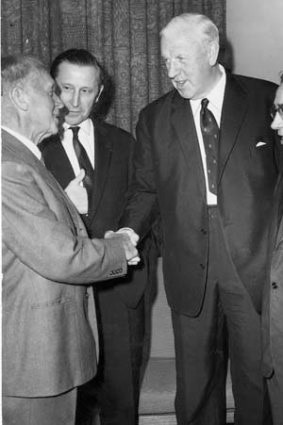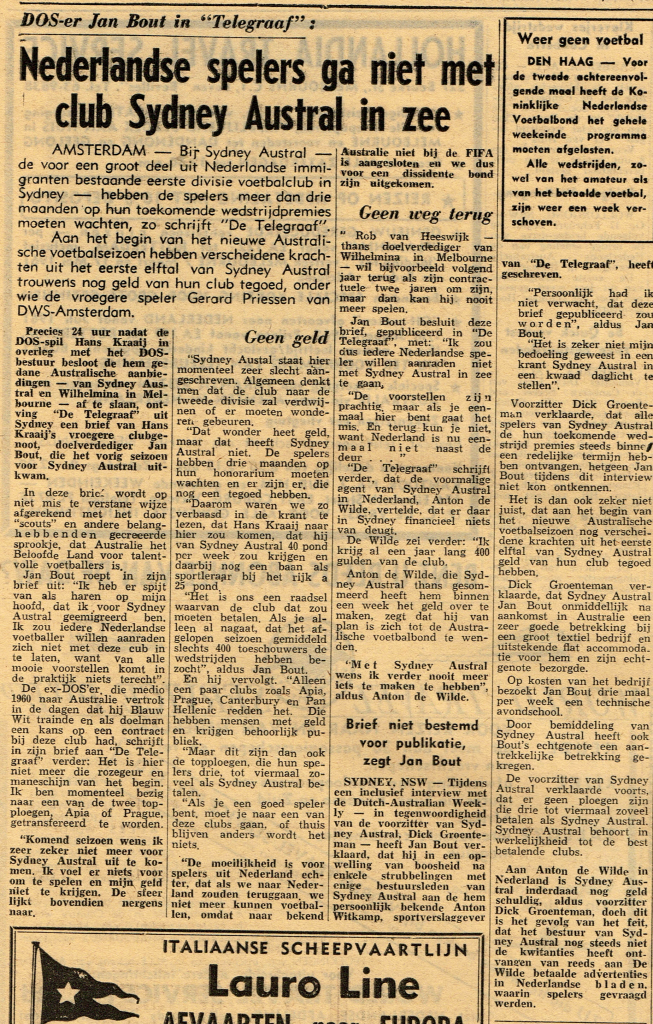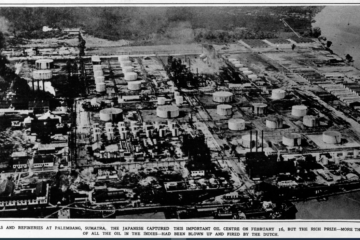Following the 1957 Australian Football Coup Australian football clubs began recruiting players from European clubs like those in Austria and the Netherlands. Thirty-four players, including thirteen from Dutch clubs, migrated to Australia, sparking a dispute over transfer fees. In response, FIFA banned Australia from international competitions until transfer fees were paid. This affected players like Tony Noy, who could after moving back the the Netherlands no longer play professionally in the Netherlands due to the ban. Instead, he worked for his Australian club, recruiting more Dutch players. Despite these challenges, Victoria based Wilhelmina remained competitive in the local league and even participated in the Laidlaw World Cup – between migrant country clubs in Australia – reaching the final but narrowly losing to Poland.
The influx of Dutch talent significantly impacted Australian football, with players like Noy and his compatriots bolstering the quality of local teams. The presence of eight Dutch imports, alongside skilled players like Noy and captain-coach De Bruyckere, elevated Wilhelmina’s performance, leading to strong showings in domestic competitions. Additionally, the participation of Wilhelmina’s players in the Laidlaw World Cup highlighted the growing influence of European football styles in Australian soccer.

The 1961 Laidlaw World Cup showcased Holland’s emergence as a formidable force, with the Dutch team, largely composed of Wilhelmina players, impressively reaching the final. Despite falling short against Poland in a tightly contested match, the Dutch performance underscored the competitive spirit and skill brought by the influx of Dutch talent to Australian shores.
Australia’s eventual return to international football in 1963 marked the resolution of the transfer fee dispute with FIFA, signaling the conclusion of a tumultuous period for Australian football and paving the way for continued growth and development within the sport
See also: Clogball


